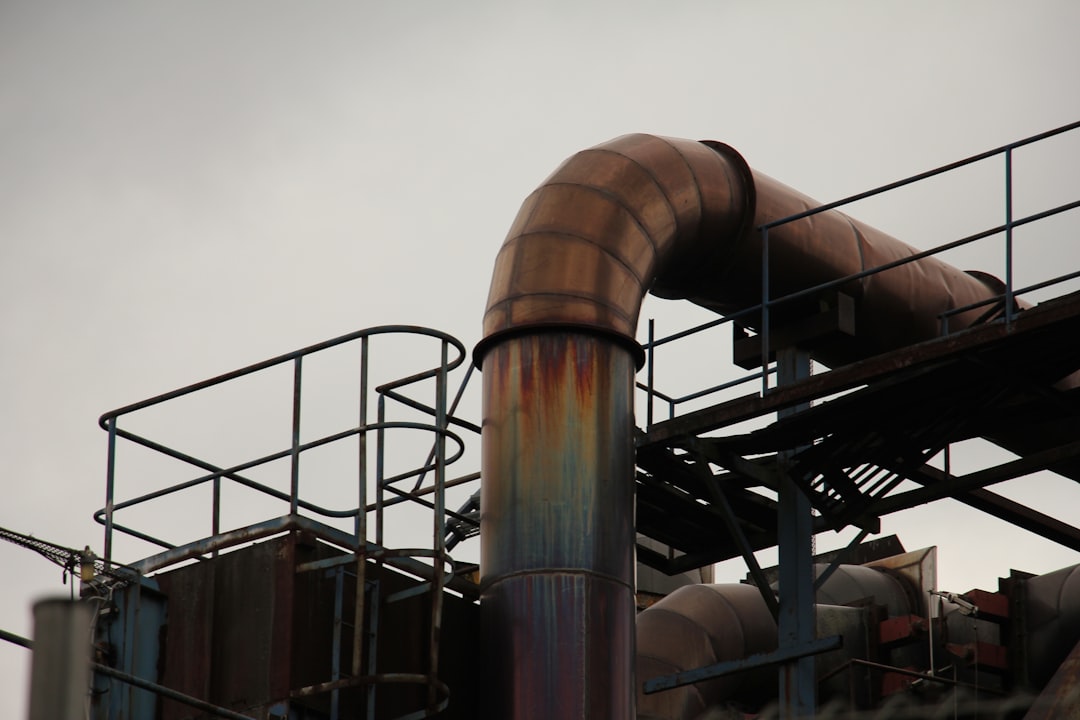What is it about?
Trash removal and recycling is not only important in cities, but is just as essential in our own cells. In a process called autophagy (Greek for “self-eating”), our cells package their trash into a double-membrane vesicle called autophagosome, which then fuses with a degradation organelle to remove and recycle its content. Interestingly, each time the cell needs to remove bulky waste, it has to build an autophagosome from scratch within ten minutes. In this study, we took a close look at this building process in starving yeast cells using state-of-the-art cryo-electron tomography (cryo-ET). This allowed us to reveal and measure 3D details of growing autophagosomes at the nanometer scale directly within cells. We were surprised to find that the double-membrane structures become thinner and thinner as they grow. Moreover, the tomograms show how other organelles like the endoplasmic reticulum and the vacuole bind to and interact with specific areas on the growing autophagosomes. To study these fascinating structures with cryo-ET, we relied on knowledge from biochemical and microscopy studies from many researchers in the field, and we envision that our results can in turn help future research in modelling and understanding this process essential for the health of eukaryotic cells.
Featured Image

Photo by Salvatore Andrea Santacroce on Unsplash
Read the Original
This page is a summary of: In situ structural analysis reveals membrane shape transitions during autophagosome formation, Proceedings of the National Academy of Sciences, September 2022, Proceedings of the National Academy of Sciences,
DOI: 10.1073/pnas.2209823119.
You can read the full text:
Contributors
The following have contributed to this page










